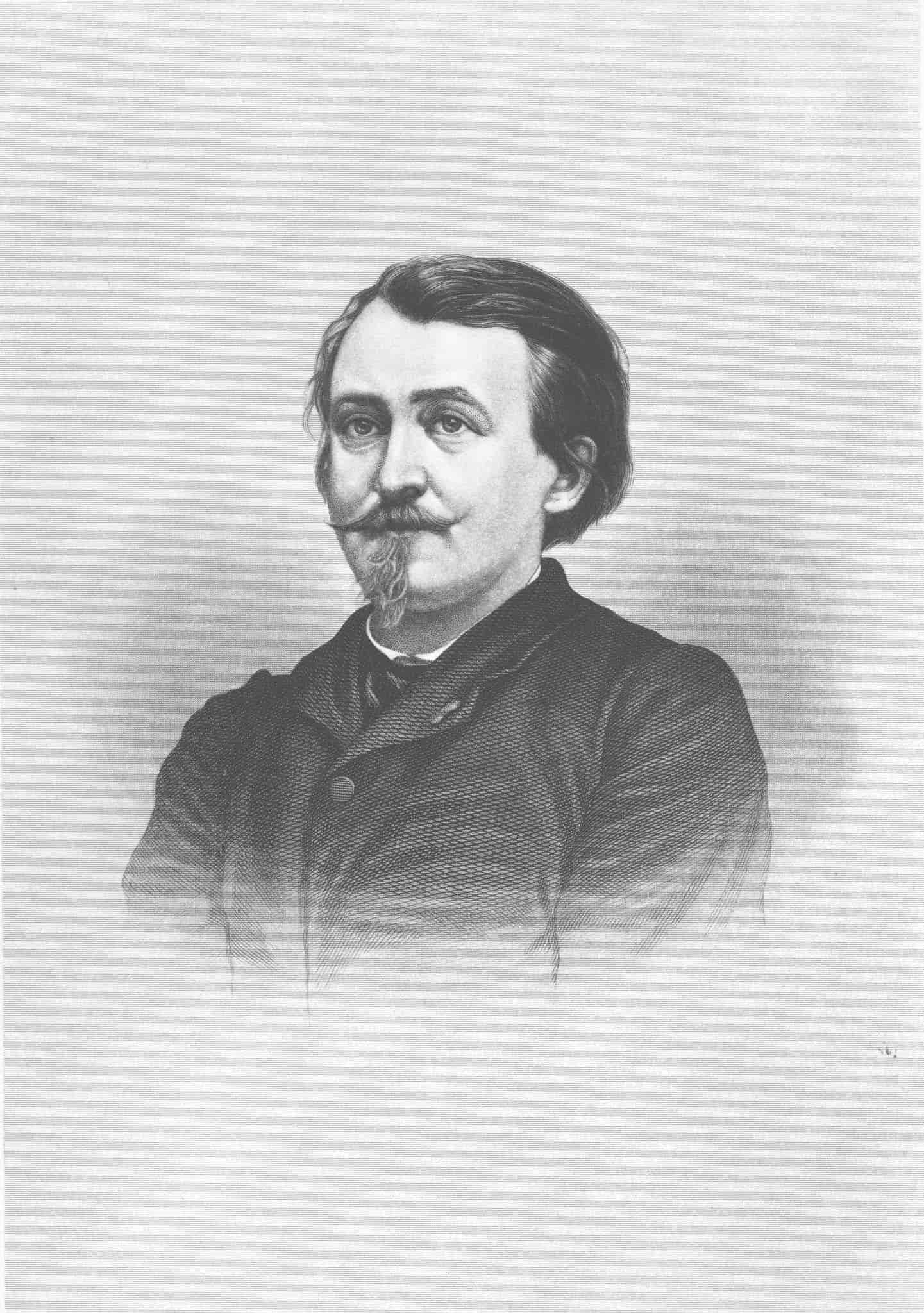

Gustave Doré
FR
24
Artworks
1832 - 1883
Lifespan
Artist Biography
Paul Gustave Louis Christophe Doré (1832–1883) was a French artist of extraordinary versatility, whose prolific output as a printmaker, illustrator, painter, caricaturist, and sculptor left an indelible mark on 19th-century visual culture and beyond. Born in Strasbourg, Doré displayed prodigious artistic talent from a very young age, producing illustrated albums and stories even as a child, influenced by figures like J.J. Grandville and Rodolphe Töpffer. By the age of 15, he had already begun his professional career in Paris, working as a caricaturist for Charles Philipon's satirical paper *Le Journal pour rire*. This early work honed his skills in draftsmanship and narrative composition, laying the foundation for his later, more ambitious projects. He also created several innovative text comics during this period, including *Les Travaux d'Hercule* (1847), establishing him as a pioneer in the medium.
Doré's true ascent to international fame began in the 1850s and 1860s as he embarked on illustrating the great classics of world literature. His imaginative and dramatic wood engravings for works by Rabelais (1854), Balzac (*Contes drolatiques*, 1855), Dante's *Inferno* (1861), and the Holy Bible (1866) were monumental achievements that resonated deeply with the public. These editions, often in large formats, were disseminated widely across Europe and the United States, making Doré one of the most renowned illustrators of his era. He illustrated an extensive list of authors including Cervantes (*Don Quixote*), Milton (*Paradise Lost*), Lord Byron, Edgar Allan Poe ("The Raven"), Coleridge ("The Rime of the Ancient Mariner"), and Tennyson (*Idylls of the King*). His prolific output was facilitated by a large workshop of wood-engravers who meticulously translated his drawings onto blocks for printing, allowing for mass production and widespread accessibility.
Despite his immense popularity as an illustrator, Doré harbored ambitions to be recognized as a serious painter and sculptor. He was a protean artist, adept as a draughtsman, watercolourist, painter, and sculptor, tackling genres from satire to religion, and formats from sketches to monumental canvases. However, his paintings, though often grand in scale and dramatic in subject matter like *Dante and Virgil in the Ninth Circle of Hell* (1861) and *Christ leaving the Praetorium*, faced rejection from contemporary art critics, much like his contemporary Édouard Manet. Critics often viewed his virtuosity and versatility with suspicion, and his popular success perhaps hindered his acceptance within the elite art world. In 1867, he co-founded the Doré Gallery in London, which showcased his works and furthered his international reputation, particularly in Britain.
Doré undertook several significant projects that highlighted his diverse interests. His collaboration with Blanchard Jerrold on *London: A Pilgrimage* (1872), featuring 180 engravings, offered a powerful and sometimes grim portrait of Victorian London, drawing both praise for its vividness and criticism for its focus on poverty. His illustrations for Cervantes' *Don Quixote* became iconic, shaping the visual representation of the characters for generations. Religious themes were central to his oeuvre, earning him the title "preacher painter," especially after his Bible illustrations. He also excelled as a landscape painter, particularly of mountainous regions, inspired by his travels in the Alps, Pyrenees, Scotland, and Spain, producing spectacular and lyrical visions that often evoked a sense of the sublime.
Doré's artistic style was characterized by a "visionary eye," dramatic compositions, theatrical power, and a penchant for the fantastical and the sublime. His ability to create vivid, memorable images for complex literary and religious narratives was unparalleled. While contemporary critics may have been divided, his work profoundly influenced subsequent generations. He is considered a founding father of the comic strip and his visual language has had a lasting impact on cinema, from its earliest days. His illustrations for the Bible and Dante, in particular, remain deeply etched in the collective consciousness. Doré's legacy is that of a master storyteller in visual form, whose imaginative worlds continue to captivate audiences.
Gustave Doré never married and lived with his mother for much of his adult life following his father's death in 1849. He remained dedicated to his art, working tirelessly across various media. Despite the critical setbacks in painting and sculpture – he took up sculpture late in 1877 with works like *Fate and Love* but never achieved the recognition he craved in this field – his passion for creation never waned. He was made a Knight of the Legion of Honour in 1861. Doré died of a heart attack in Paris on January 23, 1883, at the age of 51, following a short illness. At the time of his death, he was engrossed in what would have been another monumental project: illustrating the complete works of Shakespeare.